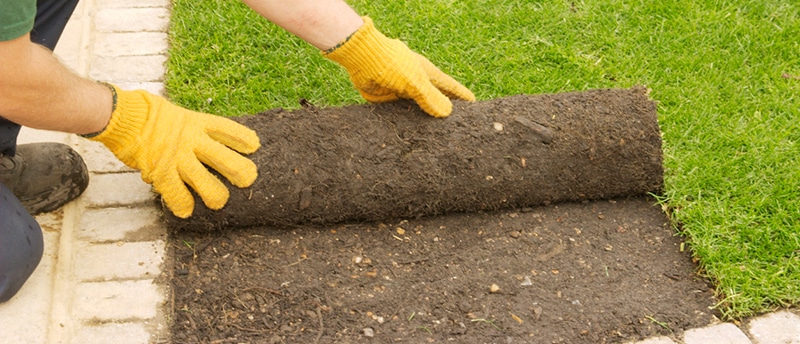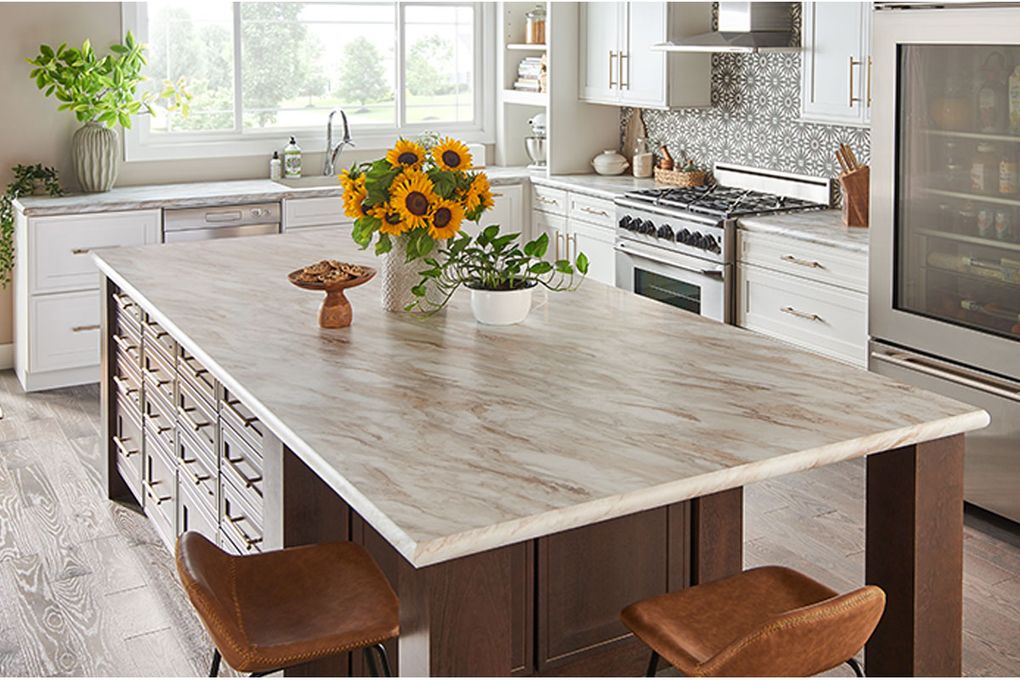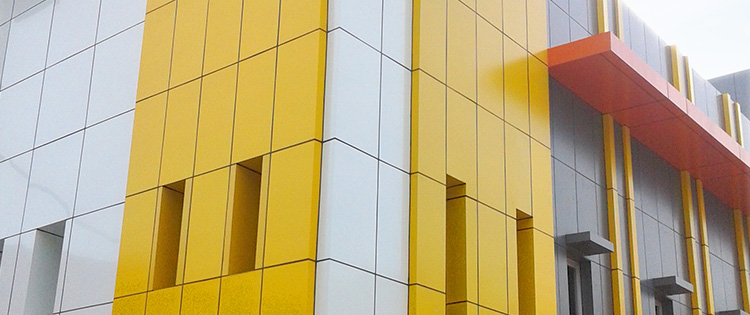THE PERKS OF INCORPORATING LANDSCAPING INTO THE CONSTRUCTION PROCESS

Landscaping is a vital aspect to consider during a new construction project. It can enhance aesthetic appeal, improve property value, and provide various functional benefits to property owners. A well-designed landscape can also provide privacy, create focal points, and enhance curb appeal. This not only improves the property’s visual appeal but can also increase its market value.
Here are some of the key perks of incorporating landscaping into the construction process:
Aesthetics
Aesthetics is the first thing that comes to mind when you think of landscaping Chambersburg, PA. Landscaping can greatly impact the overall look and feel of a property. It can help create a cohesive and harmonious design, tying together the different elements of the construction project and adding a touch of nature to the built environment.
In simple words, landscaping can greatly enhance the aesthetic appeal of a property, providing a welcoming and visually appealing outdoor space. A well-designed landscape can also tie together the different elements of a construction project and create a cohesive, harmonious design.
Property Value
A beautiful and functional landscape can significantly increase the market value of a property, making it more attractive to potential buyers. A well-maintained and aesthetically pleasing landscape can also increase the curb appeal of a property, which is the first impression a buyer or renter gets of the property. Additionally, a well-designed landscape can increase a property’s usable space, providing areas for outdoor recreation, entertaining, or relaxing.
Environmental Benefits
Landscaping can provide numerous environmental benefits, such as reducing noise levels, controlling soil erosion, and improving air quality. Plants and trees can also provide shade and help mitigate the urban heat island effect. All these environmental benefits are achievable by factoring in the landscaping during construction.
Functionality
Landscaping can provide functional benefits such as creating privacy, providing outdoor living spaces, and serving as a water management tool. For example, rain gardens and other sustainable water practices can help reduce stormwater runoff and improve water quality.
Sustainability
When incorporating landscaping into construction, it is crucial to consider factors such as climate, soil type, and property orientation to ensure that the chosen plants and materials are well-suited to the local conditions. This helps ensure that the landscape is low maintenance, sustainable, and will thrive over time.
Health and Well-being
Research has shown that spending time in green spaces can positively impact physical and mental health, reducing stress levels and improving overall well-being. Property owners can create outdoor spaces that promote health and wellness by incorporating landscaping into construction.
Energy Efficiency
Landscaping can also help reduce energy consumption by providing shade, reducing the need for cooling systems, and helping to insulate buildings. For example, planting trees on the south and west sides of a building can provide shade, reducing the need for air conditioning.
Final thoughts
Landscaping is important during construction for its aesthetic appeal, property value, environmental benefits, functionality, sustainability, impact on health and well-being, and energy efficiency. Property owners can create a well-designed and inviting environment by incorporating landscaping into the construction process.

:max_bytes(150000):strip_icc()/GettyImages-559025517-2000-b3bece30a9074ec3958a4d39f69f2a79.jpg)


